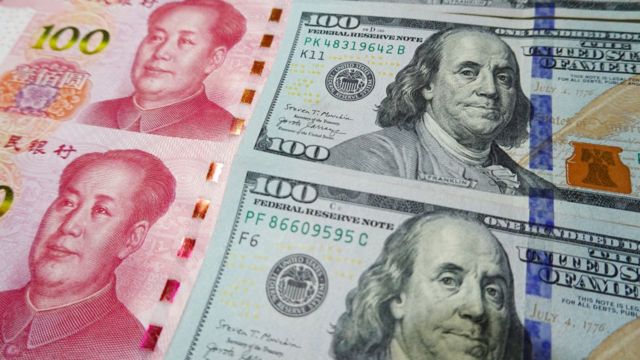The world’s debt reached unprecedented levels after jumping $8.3 trillion in the first quarter this year to $305 trillion, a third of which was the share of emerging markets, according to the International Finance Institute.
That is the second quarterly increase in a row, after two-quarters of a sharp decline since the start of the accelerated monetary tightening cycle last year.
The rise in debt was driven mainly by non-financial companies and the government sector, according to the report, which said that the global debt now is $45 trillion higher than pre-COVID levels.
The Institute noted an increase in emerging market debt, but was higher in China, Mexico, Brazil, India, and Turkey, pushing the total emerging market debt to an all-time high of more than $100 trillion, up from about $75 trillion in 2019.
The debt levels will continue to rise at an accelerated pace despite fears of a credit crisis, in the light of recent turmoil in banking sectors in the United States and Switzerland, and the continued growing need for government borrowing, The Institute expected.
While the global debt-to-GDP ratio has stabilized near 335%, 75% of emerging markets experienced higher levels of U.S. dollar-denominated debt during the first quarter of the year, according to the report.
Several factors, including aging populations, rising healthcare costs, and large gaps in climate finance, contribute to pressuring States’ balances, according to the report, which predicted that rising geopolitical tensions would contribute to further increases in national defense spending over the medium-term, potentially affecting the creditworthiness of sovereign borrowers and companies alike.








 GOOGL
GOOGL  AMZN
AMZN  MET
MET  T
T  WPM
WPM  DM
DM  SVM
SVM  CMC
CMC  HKDUSD=X
HKDUSD=X  BABA
BABA